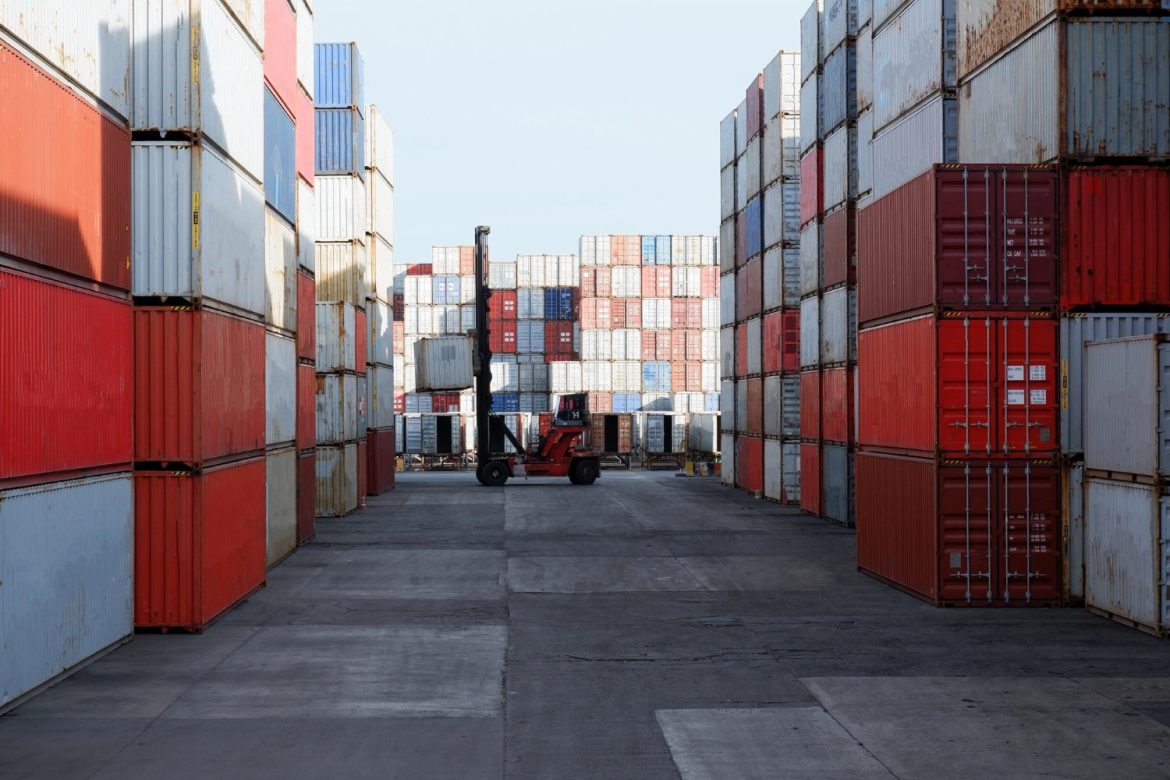The consensus among leaders in Spain’s Logistics sector in 2025 is that technology has ceased to be just another department and has become the central nervous system of logistics.
Gloria Colmenares, Director of Digital Transformation at Zencargo Spain, states: *”In the post-2024 landscape, resilience is no longer built with large inventories, but with high-quality data and the capacity for instant reconfiguration. A company that doesn’t operate on a unified digital platform simply cannot compete.”*
This paradigm is crucial for Spain, whose geostrategic position has been reinforced as a logistical gateway to Europe, necessitating the extreme optimization of Mediterranean corridors.
Generative AI (Gen AI) has burst onto the scene this year, moving beyond prediction to the autonomous orchestration of the supply chain. A February 2025 study by McKinsey Iberia reveals that 40% of the companies surveyed are testing AI agents that autonomously make minor operational decisions. Carlos Fernández, CTO of Logista, illustrates this: “Our systems, powered by LLMs, now anticipate a stock problem in a Barcelona ‘dark store’ due to a viral social media trend and propose automatic restocking before a human even notices. It’s the transition from predictive to prescriptive.”
In automation, the major development in 2025 is human-robot hybridization. Exoskeletons to reduce injuries and cobots that learn from the most experienced operators are the norm in new hubs like DHL’s in Valencia or Amazon’s in Illescas. Dr. Elena Vargas from the MIT Zaragoza Center for Advanced Logistics published in January that “Productivity in hybrid warehouses has already surpassed that of fully or highly automated ones, as they combine human flexibility and judgment with the strength and precision of machines. Spain is a leading testing ground in this field.”
Sustainability has evolved from a Corporate Social Responsibility (CSR) element to an economic imperative, accelerated by the recent European Zero-Emission Logistics in Urban Centers Law. Javier García, Director for Southern Europe at Einride, comments: *”Our autonomous electric trucks already operate 24/7 in the corridors of the Port of Algeciras, and the green data they generate is transformed into tokenized green bonds. Sustainability is the new digital asset.”* Projects like the green hydrogen plant at the Port of Vigo are now a tangible reality.
The true disruptor of 2025 is the tokenization of physical assets through blockchain, which enables the financialization of the supply chain. Marta Rodríguez, CEO of a prominent Barcelona-based logistics ‘fintech’, explains: “Now, a container in transit from Shanghai can be tokenized and fractionalized for multiple investors who buy and sell shares on a secondary market, unlocking liquidity in a revolutionary way. Spain, with its powerful fintech sector, is leading this integration.”
In short, the most up-to-date opinion, reflected in the ‘Spanish Logistics Tech Summit’ held a month ago, is that technology has created a “dual digital twin”: one that replicates the physical chain and another its financial assets. Antonia Valero, Secretary of State for Digitalization and AI, closed the event by declaring: “The Spanish logistics ecosystem no longer just exports products; it is beginning to export its model of technological and financial integration.” Logistics has become the playing field where the physical, digital, and financial realms definitively merge.
Have any thoughts?
Share your reaction or leave a quick response — we’d love to hear what you think!





